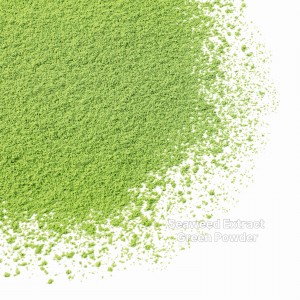 |
G-Teck seaweed extract, with its unique components and functions, emerges as a groundbreaking solution for green farming! |
Amino Acids (3%) and Vitamins – Metabolic Activation for Stress Resilience
Free amino acids and vitamins boost enzymatic activity, accelerating the synthesis of stress-resistant proteins (e.g., Proline) to combat salt toxicity. Vitamins also act as antioxidants, neutralizing free radicals generated in saline environments and protecting cellular membrane integrity.
Polysaccharides and Proteins – Immune Boosters Against Pathogens
Seaweed polysaccharides and proteins activate plant immune responses, enhancing disease resistance. In saline soils, where crops are vulnerable to pathogens like root rot, these components synergistically fortify defenses.
Indoleacetic Acid (200 ppm) and Gibberellins (500 ppm) – Growth Adaptation to Harsh Conditions
Indoleacetic acid (IAA) promotes deep root growth to avoid salt-rich surface layers, while gibberellins stimulate shoot development, counteracting salt-induced growth inhibition. Together, they ensure balanced plant growth under stress.
Trace Elements (Iron, Copper, Boron, Zinc, Manganese) – Restoring Physiological Functions
Saline soils often reduce micronutrient availability. Iron, zinc, and other trace elements (total 2%) in seaweed extract serve as enzyme cofactors, repairing critical processes like photosynthesis and respiration disrupted by salt stress.
Soil Improvement: After 2 years of application, soil microbial activity increases by 50%, and salt content decreases by 20%-30%.
Crop Performance: Root length of wheat in saline soil grows by 35%, while corn yields recover to over 80% of normal soil levels.
Post time: May-26-2025




